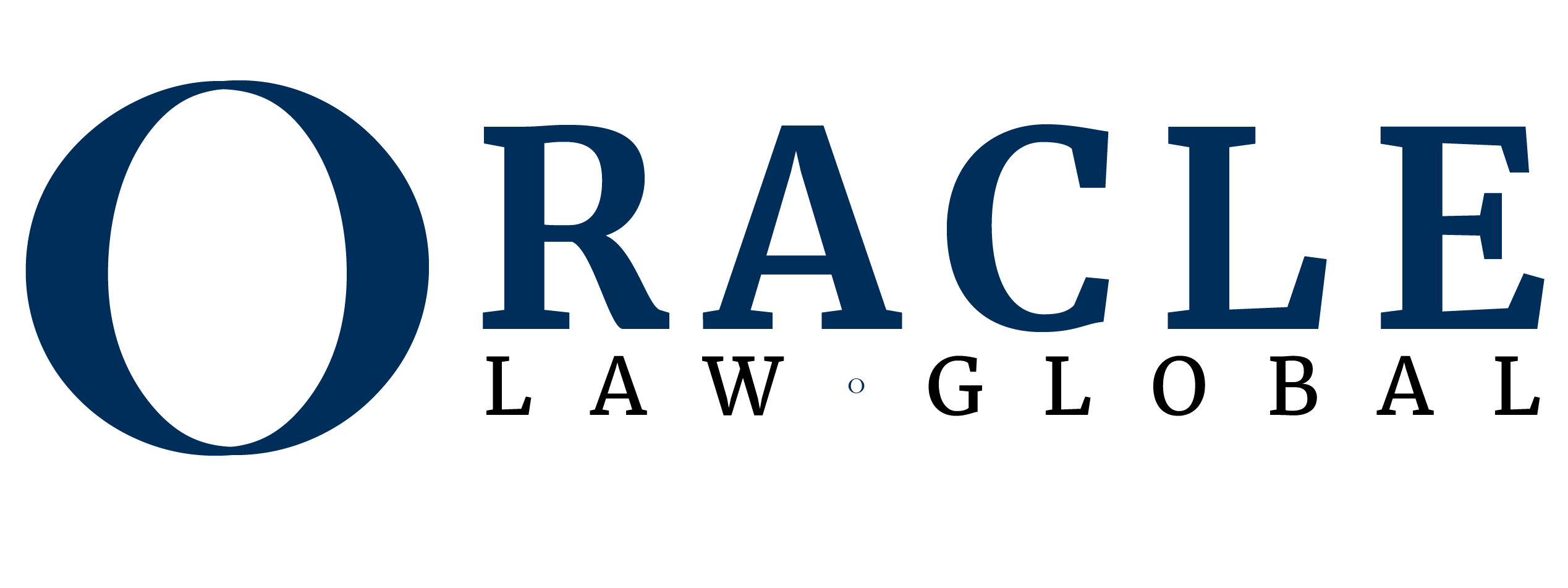Bitcoin Surpasses $100K: Volatile Journey
Have you got a question?
A Few Numbers
In December 2024, the value of Bitcoin surpassed the record figure of $100,000 for the first time. On December 5, 2024, its value stood at $103,647, later reaching a peak of $108,000.
Although the most famous virtual currency experienced a slight slowdown in the last trading sessions of 2024—losing about $15,000 compared to the all-time highs recorded just a few weeks earlier—its overall performance for 2024 remains highly positive, with a +122% increase compared to 2023.
But what’s the story behind the rise of the most talked-about cryptocurrency of the past decade, and what has driven this surge in value over a decade since its creation?
Origins of Bitcoin and Blockchain Technology: How Much Would You Pay for Two Pizzas?
Bitcoin was created in 2009 by the person or, more likely, the group of people behind the pseudonym “Satoshi Nakamoto.” It was the world’s first cryptocurrency, designed to offer a secure and decentralized payment system based on the then-nascent blockchain technology.
Initially almost unknown, Bitcoin gained fame in 2010 when 10,000 units were used to purchase two pizzas from a well-known fast-food chain (this first transaction went down in history as “Pizza Day”). Since then, Bitcoin’s story has been marked by extreme volatility: it rose from a few cents to $20,000 in 2017, only to crash again. After 2020, institutional interest drove it to a record $69,000 in 2021. Nevertheless, it has always been seen as a store of value, an attractive alternative for investors and innovators.
At this point, the less tech-savvy reader might ask: What is a “cryptocurrency,” and what exactly does “blockchain” mean?
Let’s take it step by step: A cryptocurrency is a form of digital or virtual currency that uses cryptography to secure transactions and control the creation of new units.
Unlike traditional currencies, it is not issued or regulated by a central authority such as a central bank but operates on a decentralized network, enabling transactions to be recorded transparently, immutably, and verifiably.
In this context, a blockchain is essentially the platform where these cryptographically secured transactions occur.
Think of blockchain as a giant ledger where a series of cryptographically secured transactions (because they are carried out using cryptocurrencies) are immutably recorded. Each block (or page of the ledger, to extend the metaphor) contains a set of transactions, a timestamp, and a reference to the previous block (or page), forming a continuous chronological structure.
Taming a Wild Horse: MiCA Regulation (EU 2023/1114) and the Intesa Sanpaolo Case Study
Since its creation, institutions (e.g. banks and governments) have viewed Bitcoin with great interest but also with apprehension. The cryptocurrency’s extreme volatility and constant value fluctuations have cast a shadow of unreliability, disdained by financial traditionalists.
However, the increasing use of Bitcoin and blockchain technology in a growing number of transactions made regulation and institutional integration necessary.
Looking at the European Union, the reference point is Regulation (EU) 2023/1114 (MiCA), concerning markets in crypto-assets.
This regulation, which officially came into effect on December 30, 2024, establishes uniform rules for crypto-asset issuers who had previously not been regulated by other EU financial services legislation, as well as for service providers dealing with such crypto-assets.
The regulation framework—applicable to the issuance, public offering, and trading of crypto-assets and the provision of related services—introduced and regulated the following:
-
Transparency and disclosure obligations for the issuance, public offering, and admission of crypto-assets on a trading platform;
-
Authorization and supervision of crypto-asset service providers and issuers of e-money tokens or asset-referenced tokens;
-
The operation, organization, and governance of issuers and crypto-asset service providers;
-
Protection measures for crypto-asset holders and clients of service providers;
-
Measures to prevent insider trading, unlawful disclosure of inside information, and market manipulation.
The MiCA framework distinguishes between:
-
E-money tokens: Crypto-assets whose value is tied to a specific official currency, such as the dollar or euro. For example, for every token issued, there is an equivalent amount of traditional currency backing it. These tokens are designed to be stable and used as a means of payment (e.g., a token worth $1 because it is tied to the dollar);
-
Asset-referenced tokens: These tokens maintain their value based on assets or a basket of assets. They can be linked, for example, to the price of gold, oil, or a mix of currencies. They are used to represent or invest in real-world assets (e.g., a token representing one gram of gold or a combination of official currencies);
-
Crypto-assets other than asset-referenced tokens or e-money tokens: This category includes all other types of crypto-assets not falling into the first two categories, such as Bitcoin or Ethereum, whose value is not tied to an official currency or assets but depends on market demand and supply.
As part of this regulatory framework, driven by the value peak reached last December, the Italian banking group Intesa Sanpaolo made a bold entry into the Bitcoin world.
On the evening of Monday, January 13, 2025, the first experimental purchase of eleven Bitcoins was successfully completed, for a total value of one million euros.
This historic event marks the first time an Italian bank has purchased Bitcoin. It likely signals a new attitude toward cryptocurrencies by Italian regulatory authorities, who seem keen to institutionalize transactions through the first and most famous cryptocurrency. At least, that’s the hope of Niccolò Bardoscia, Head of Digital Assets Trading & Investments at Intesa Sanpaolo, who wrote in an internal email to the Group, widely shared on social media after the massive purchase: “Let’s hope this is just the beginning.”
Is It All Smoke and Mirrors?
In essence, regulatory measures such as MiCA and pioneering actions by banking groups like Intesa Sanpaolo highlight a clear paradigm shift regarding Bitcoin. What was once seen as a niche technology for a few enthusiasts is transforming into a key component of the global financial ecosystem, increasingly oriented toward digitalization and decentralization of currency.
Certainly, the value peak reached by Bitcoin at the end of last year rekindles interest among private investors.
But as always, a question arises: In this innovative context, is it all smoke and mirrors?
Financial markets are, after all, known to be unpredictable despite external regulation—it’s worth recalling the Latin saying “Pecunia non olet” (“Money doesn’t smell”) and
carefully evaluating the investment opportunities offered by the emerging world of digital finance.”
- Oracle Italy S.T.A. s.r.l. Via Giovanni Porzio n.4- Isola B2 80143, Napoli
- (+39) 02 3056 5370
Book a call back
Share this article
Got a question?
Please complete this form to send an enquiry. Your message will be sent to one member of our team.
Related posts

Data Protection Consultancy with Oracle Solicitors
Ensuring Compliance with GDPR & Albanian Data Protection Laws for Your Business In today’s digital age, safeguarding personal data has never been more

Renewable Energy Development in Albania: Legal Framework and Emerging Opportunities
1. Introduction Albania has established itself as a frontrunner in renewable energy development within South-East Europe, leveraging its abundant natural resources and a

Don’t Let Your Designs Walk Out the Door
For many businesses, their design plans, specifications, pricing formulas, or marketing materials, are truly its lifeblood. But what happens if a designer leaves

Tax & Financial Advisory Services in Albania
Navigating tax compliance, bookkeeping, payroll, and financial reporting can be complex and time-consuming for businesses operating in Albania. At Oracle Solicitors Albania, part

